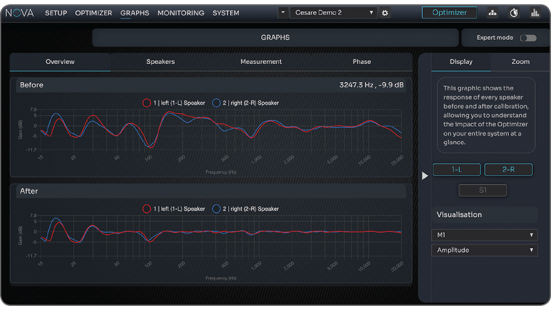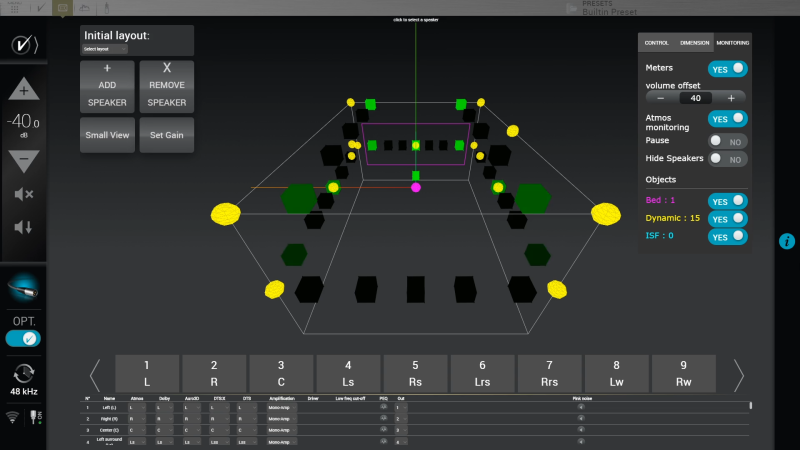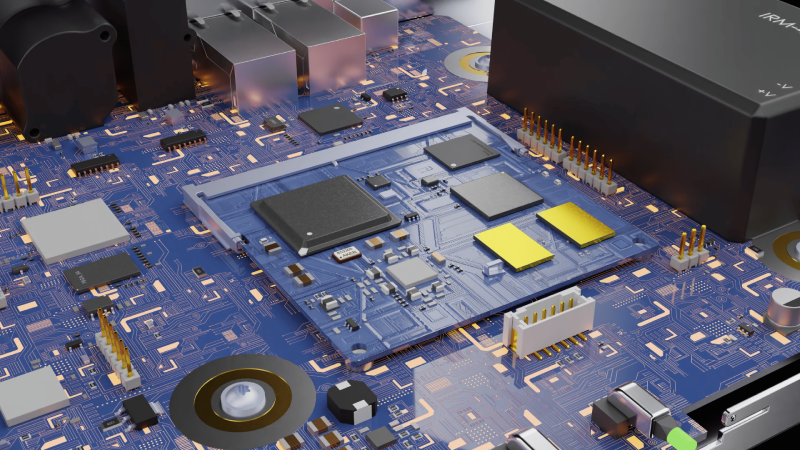Technologies
In this section:
- Technologies
- Active Acoustics
- Immersive Sound
- Digital Audio Processing
Leadership through Innovation
Since 2003, Trinnov has developed technologies in-house with an R&D department that currently represents 45% of the entire staff, including PhDs in acoustics and the three co-founding engineers.
From mechanical and electronic designs to software and signal processing, our know-how covers all the fields required to design and manufacture the most advanced digital audio processors available.
Our inventions are protected by more than 50 international patents. Our main focuses are active acoustics, immersive sound, and digital audio processing.




